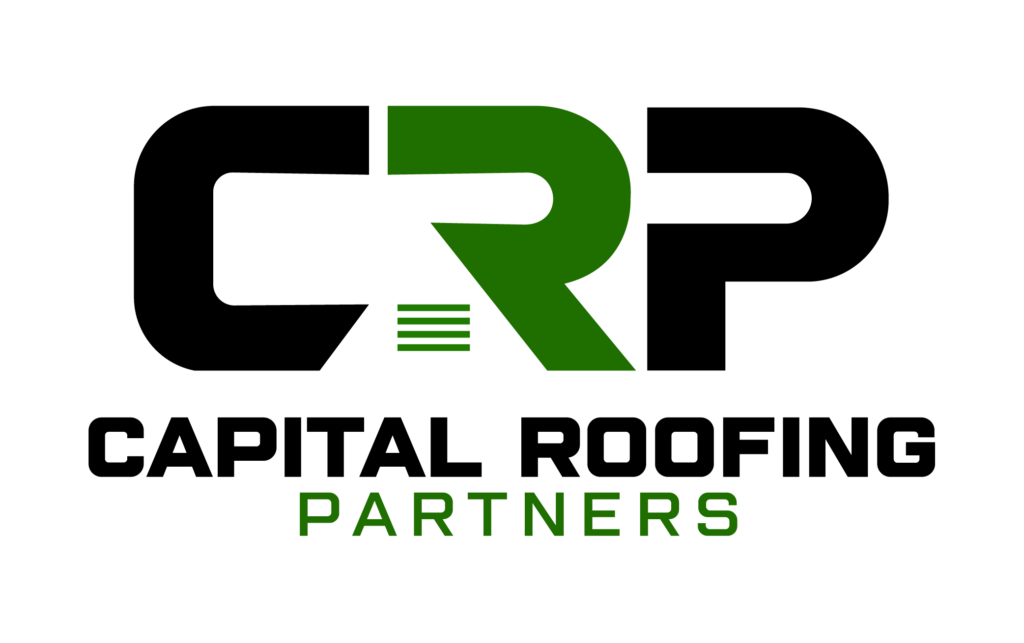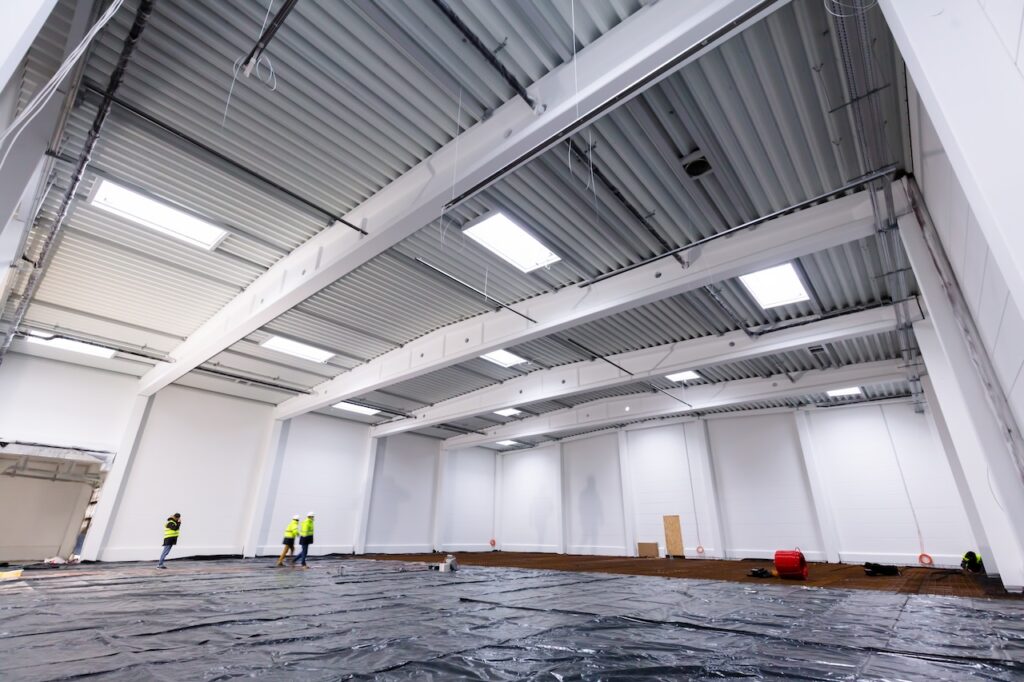Heavy rain can turn into a nightmare for commercial building owners. Not only can roof leaks disrupt your day-to-day operations, but they can also lead to costly damages if left unaddressed.
Understanding why your roof leaks in heavy rain and how to handle the situation can save your business from roofing headaches and extra expenses. Here, we’ll break down the common causes of roof leaks during heavy rain, how to identify them, and, most importantly, what to do about them.
What Causes Roof Leaks in Heavy Rain?
Rain might be soothing to some, but it’s a big stress test for commercial roofs. Here are some of the most common reasons your roof might spring a leak during downpours.
1. Damaged or Missing Flashing
Flashing (the thin pieces of metal installed around roof edges, vents, and skylights) acts as the first line of defense against rainwater. If it’s damaged or missing, water can easily seep through and into your building.
2. Clogged Roof Drains and Scuppers
Clogged roof drains and scuppers can prevent water from draining off your roof, causing it to pool. This excess water puts pressure on the roofing materials and can lead to leaks or structural damage.
3. Aging or Worn-Out Roof Materials
Time isn’t always kind to roofs. If your materials are worn or nearing the end of their lifespan, heavy rain can easily find its way through the cracks or seals. Roofs older than 20 years are significantly more likely to develop leaks and other types of damage—which is why many insurance companies refuse to cover them.
4. Flat Roof Issues
Flat commercial roofs are susceptible to water pooling, especially when drainage systems fail. Pooling water adds pressure to roofing materials, which can eventually lead to leaks.
5. Broken Vent Covers or Skylights
Roof vents and skylights provide great functionality and aesthetics, but if their seals are worn or improperly installed, they can be a major source of leaks during heavy rain.
Keeping these common culprits in mind is the first step to protecting your roof.
How to Identify Roof Leaks in Heavy Rain
Spotting a roof leak early can make all the difference, especially for commercial buildings where the stakes are higher. Here’s how you can identify leaks before they cause major damage.
- Look for Water Stains or Dripping Inside: One of the most obvious signs of a leak is water stains or drips on ceilings and walls. These are often the first clues during or after heavy rainfall.
- Inspect the Roof After the Rain: Conduct a visual inspection of your roof immediately after heavy rain, looking specifically for pooling water, cracks, or exposed roofing materials.
- Check for Pooling Water on Flat Roofs: On flat roofs, standing water is a clear sign of poor drainage and potential trouble.
- Listen and Smell: Strange dripping sounds or a musty smell can be an early indicator that water has made its way inside your building.
What to Do About Roof Leaks During Heavy Rain
If you’ve noticed a roof leak, it’s crucial to quickly contain the leak to prevent further damage. Use buckets or other containers to catch dripping water and protect important areas with tarps. It’s also a good idea to document the damage by taking photos; this will be helpful if you need to submit an insurance claim.
Once the immediate situation is under control, contact a licensed roofing professional. Don’t put it off, even if the damage appears minor—underlying issues could worsen if left unaddressed. Avoid attempting DIY fixes, as a professional can accurately identify the source of the leak and provide reliable repairs.
How to Prevent Future Commercial Roof Leaks
The best solution to roof leaks in heavy rain? Preventing them altogether. Follow these tips to keep your roof in top shape and avoid future issues.
- Conduct Regular Roof Inspections: Schedule professional roof inspections once or twice a year, as well as after major storms. Early detection is key.
- Maintain Roof Drains and Scuppers: Ensure your roof drains and scuppers are free from debris and functioning properly to prevent unnecessary pooling and water backups.
- Invest in High-Quality Roofing Materials: Durable, long-lasting roofing materials can better withstand heavy rain and reduce the risk of leaks.
- Maintain and Repair Promptly: Fixing minor wear and tear as it happens will help extend your roof’s lifespan and prevent expensive repairs down the line.
- Partner with a Trusted Roofing Company: Working with a reliable commercial roofing contractor for maintenance and repairs can save you from costly emergencies in the future.
Protect Your Business with Prompt Action
Roof leaks in heavy rain can cause significant damage to your building and interrupt your business operations—but with the right knowledge and quick action, they don’t have to. Staying proactive is the key to keeping your commercial roof in great shape.
Need help protecting your roof? Reach out to Capital Roofing Partners for expert commercial roofing and repair services. Our team is here to keep your roof resilient, your building dry, and your business running smoothly.


